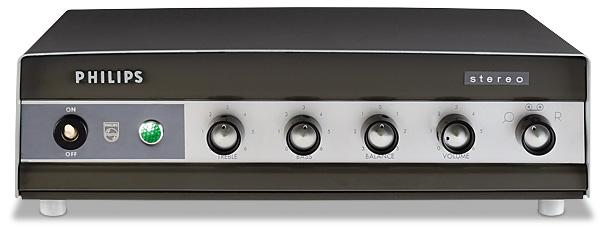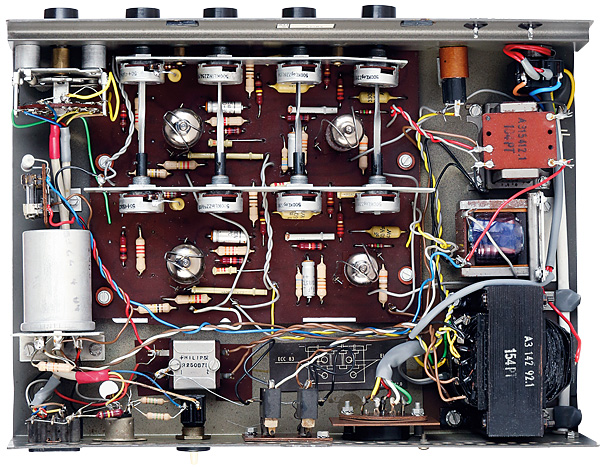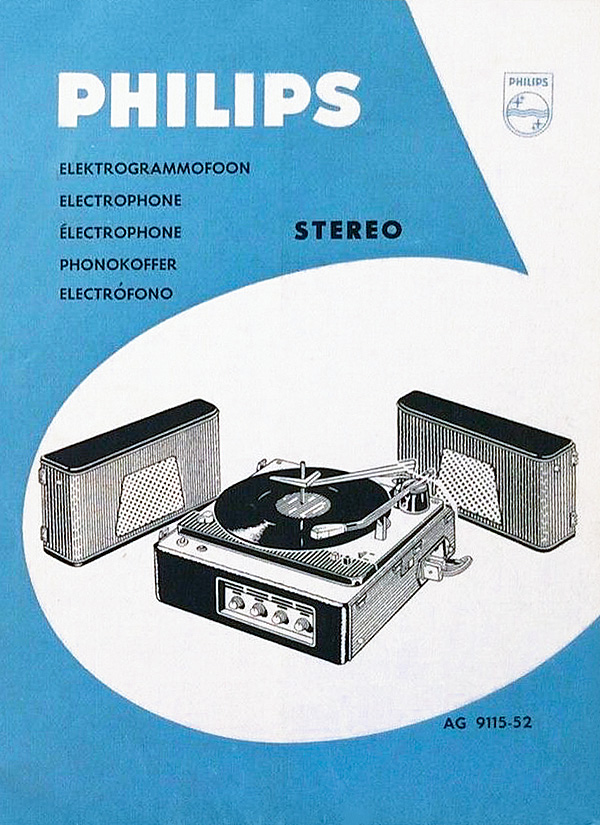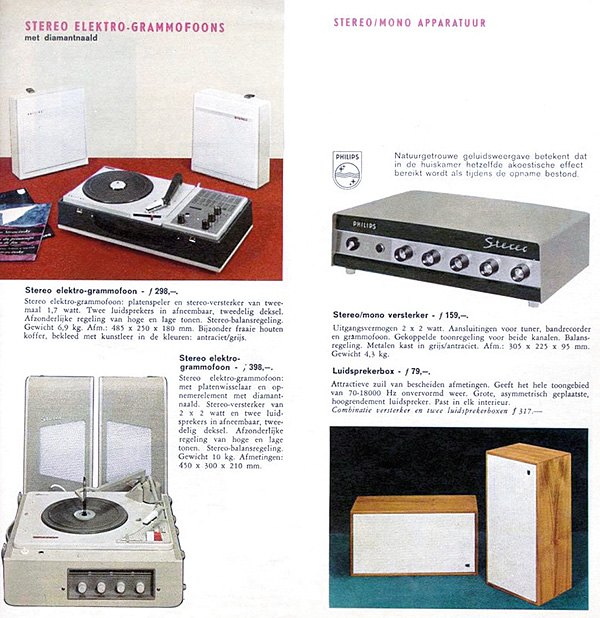Philips AG9016 tube amplifier

 Fuss-free and highly affordable, this compact valve integrated was an early foray by the Dutch company into the '60s separates market. But how will it sound today?
Fuss-free and highly affordable, this compact valve integrated was an early foray by the Dutch company into the '60s separates market. But how will it sound today?
How much power does your present amplifier produce? Expectations have risen over the years to the point that wattages in the three-figure range are no longer exceptional. But is this necessary? The Philips AG9016 seen here is rated at 2W per channel – not even sufficient to satisfy the fairly lax requirements of the DIN 45 500 'hi-fi' standard, which requires six watts.
The amp was introduced at a time when most hi-fi equipment was made by small specialist firms that had sprung up to take advantage of a new market niche. The larger companies were still set up to sell radiograms, those indivisibly large pieces of furniture containing everything from stylus to loudspeaker. The added complication of offering separate units, which needed some technical skill to connect together and operate, was not something any of them welcomed, but growing demand eventually made participation unavoidable.
Magic Box
Until around 1960, Philips had been content to restrict its hi-fi activities to selling its diamond-tipped pick-up cartridges, a choice of arms and turntable units to use them with, a well respected series of loudspeaker drive units, and a comprehensive range of tape recorders.

That is not to say the company had overlooked high-quality sound reproduction. In the mid-1950s it had designed a novel type of amp, known as 'Hi-Z', which was first used in the 'Magic Box' record player and BX 998 A table radio. This amplifier, implemented entirely with valves, featured an active crossover and a transformerless output stage that drove the bass loudspeaker directly.
A corollary of transformerless operation was that 800ohm loudspeakers were required, which mattered little when it came to the record player and table radio as they were integral to the design. But it sent Philips down a blind alley when it came to what used to be known as 'unit audio'. By 1962 the best Philips amplifier on offer was the AG9014, which could produce a healthy 15W, but only into a pair of 800ohm Philips loudspeakers.
Ideal Copy
Things improved in 1963 with the introduction of the AG9015, a revised AG9014 with an 8ohm output. This had been achieved by compromising the purity of the original design with the addition of a pair of output transformers. But the AG9015 was also expensive and hardly styled to suit a domestic environment. In fact it looked more like part of a PA system.

The AG9016 also appeared in 1963. Unlike its larger brother it was small, neat, pretty and cost under a third of the price. The downside here was the amplifier's limited output power, but as an introduction to 'proper' hi-fi equipment it was ideal, both for Philips and the buyer.
Technically there was nothing new about the AG9016. The complete circuit came directly from the AG9115 (later the AG9125) portable stereo record player. This included the complete PCB with the four valves, most of the controls and many of the other small components. Even the mains switch and the distinctive green power indicator lamp were carried over.
Negative Thinking
Performance was identical, the only change of note being the addition of a three-way source selector switch to choose between a turntable, a radio tuner and a tape recorder. The turntables on offer were essentially the same as the deck fitted to the AG9115/AG9125 and the cartridges were identical, meaning there was no real performance advantage in the separate units over the all-in-one player – other than the opportunity to use better loudspeakers.

The AG9016's output valves were EL95s, a miniature type with a 7-pin base that was akin to a shrunken EL84 and seldom seen in quality audio applications. The Philips circuit was single-ended with two tiny output transformers, mounted at opposing angles to reduce mutual coupling. Meanwhile, the preamplifier functions were performed by a single ECC83 in each channel. The two triodes in each were used as a voltage amplifier and a driver for the EL95, the stages being interspersed by a passive tone control arrangement. Hum levels were minimised by the use of a balanced heater supply that was fed from a centre-tapped transformer winding.
Philips was known to be adventurous when it came to the application of negative feedback and the AG9016's circuit showed this. Feedback was taken directly from the speaker output sockets and applied to the driver stage, giving plenty of gain in the loop. For this reason it was necessary to stabilise the amp in the case of it being operated without the loudspeakers connected by including a shorting switch inside the sockets.
Hot Topic
In stark contrast to much early equipment, the AG9016 is a simple component. There are no external units to hide and no thick umbilical cables to wrestle with. It's a case of just plug it in and go. It does get hot though, so don't leave your records piled up on the top! Keen vintage hi-fi collectors may notice that it is about the same size as the company's CD100 CD player [HFN Oct '11] – could this have been considered a lucky form factor for new products by the designers at Philips?
























































